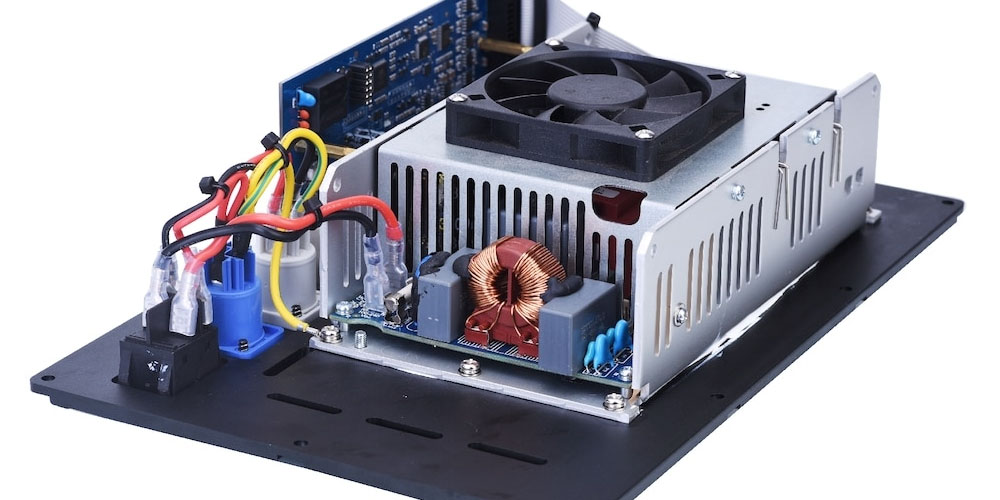An amplifier is an electronic device, sometimes referred to as a circuit used to surge the scale of signals applied to its input. In simpler terms, an amplifier is a circuit that produces an increased version of the signal from its input. The market features a wide range of amplifiers. It is worth mentioning that not all these devices are equal. They also perform different purposes and work in varying ways. One of the most common types of amplifiers is the class-d amplifier. This excerpt covers everything you ought to know about class-d amplifiers.
What is a class-d amplifier
Now that you know what an amplifier is, understanding class-d amplifiers should be a tad bit easier. A class-d amplifier, also known as a switching amplifier, is an electronic device where the amplifying transistors work as electronic switches. Compared to other amplifiers, class-d amplifiers do not feature a linear gain in the magnitude of the signals.
What is the goal of using a class-d amplifier?
Before getting into the goal of using class-d amplifiers, it would be wise to explain the general goal of an amplifier. Amplifiers are used to reproduce sound-producing output elements or audio signals with the desired volume and power levels. It also helps reduce the distortion levels of the sound. A class-d amplifier aims to increase the magnitude of a signal while offering better efficiency, lower power consumption, and providing a wider range of applications.
A simple guide into how class-d amplifiers work
The first thing you need to know is that class-d amplifiers work with PWMs (Pulse Width Modulation) and PDMs (Pulse Density Modulation). This means that instead of the conventional digital to analog conversion of most amplifiers, class-d amplifiers create an equal analog output for the speakers.
Class-d amplifiers apply a working principle where the amplifying element is usually in the switching working state. This means that when there is no signal output, the amplifier remains in a cut-off state. Therefore, it does not consume any power. On the other hand, during operation, the transistor is usually brought into saturation by the input.
When class-d amplifiers start working, they create a series of rectangular pulses from the fixed amplitude. This usually varies in area and separation. It may also vary in number per unit time. The output phase of the modulator controls the transistor’s operation. This is done by witching them on and off. The switching is done alternately for the best results. The process also requires that the transistors conduct simultaneously to avoid short-circuiting. It is also worth mentioning that class-d amplifiers apply loudspeaker’s inductance. This is done to prevent overheating of the voice coil. When the transistors are on, they spend the shortest time in the linear zone, making their power dissipation quite low.
Final word
It is worth mentioning that class-d was first introduced in 1958. Over the years, they have become increasingly popular. This is because of the numerous advantages they offer that have increased their applications. For instance, they offer better efficiency, and they are smaller in size.
